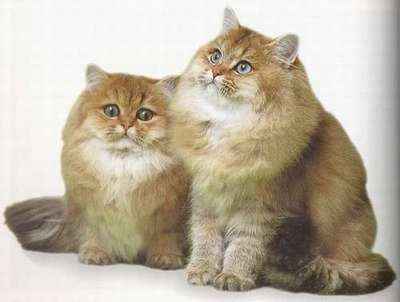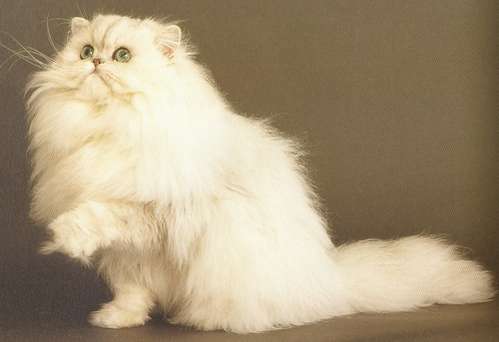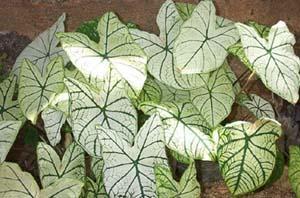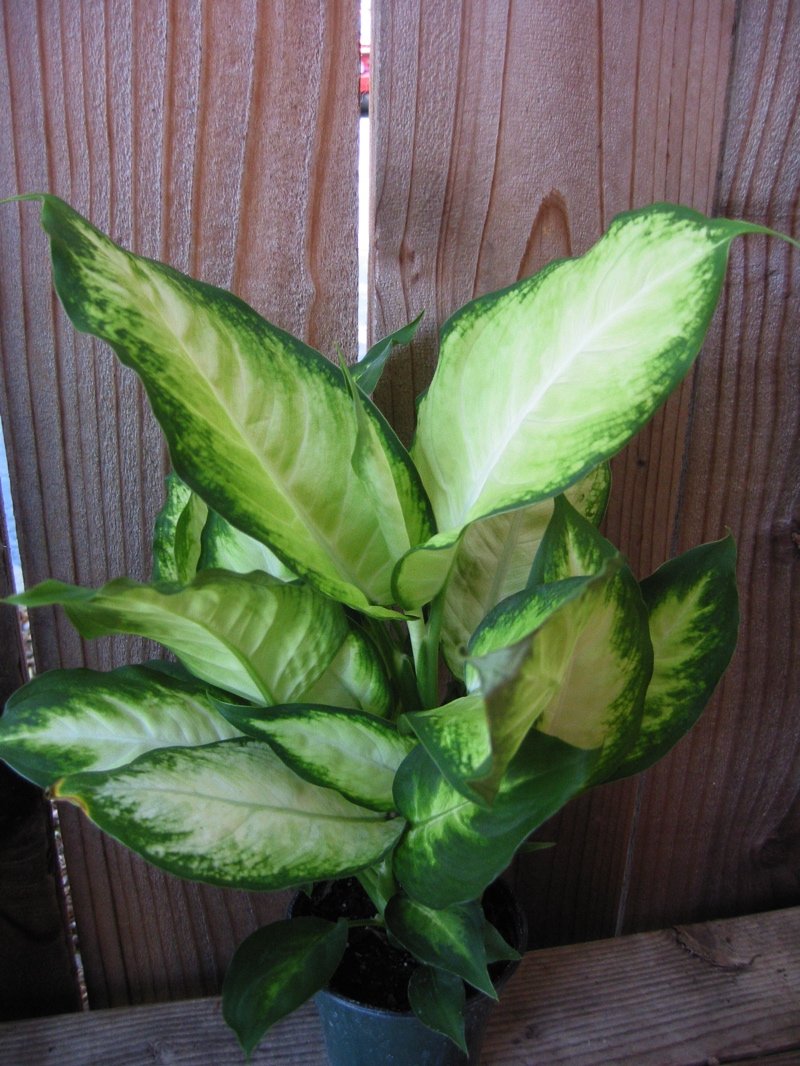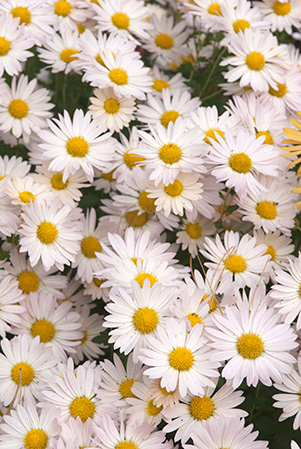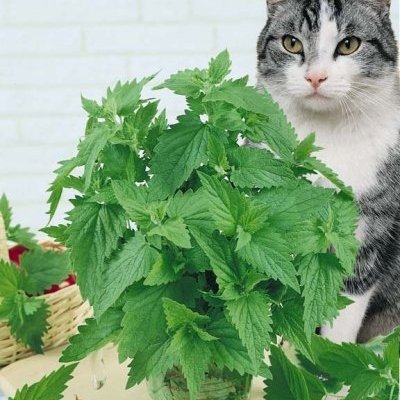Re: Kitty & Tania's Animal Thread
Cats breed
Part XIII Breed profile :Turkish van Character and personality:
Character and personality:
The Turkish Van is a loyal, loving and very intelligent cat. Its temperament depends greatly on its upbringing, the amount of human contact and handling it receives as a kitten, and the temperament of the mother herself. They are very affectionate, giving head butts and love bites, but to the uninitiated this could be slightly alarming, but when you get to know your cat you will begin to understand.
They are great climbers, so don't be surprised to find them sitting on top of doors, kitchen units or wardrobes, and some wouldn't think twice about climbing your curtains and sitting on the curtain rail. A great game is retrieving screwed up paper, some catching the ball of paper in mid flight, others making great somersaults.
Where water is concerned, some are not very keen at all, whereas others may love dripping taps, especially drinking from them, then flicking the water with their paws, or dropping toys into their water bowl.
It has been known for Turks to swim in the bath, swimming pool or even the sea. So be warned they may come and join in your daily shower. They may also become curious about toilets, so DON'T LEAVE THE LID UP!
They like to be involved in everything their owners do and follow them around like a dog. In fact some people have said that Turkish Vans are more like dogs than cats. On the whole, they get on very well with dogs indeed, but the Turk will want to be the boss. In most instances the females are more independent and if you have a male and female, she will normally rule the roost, but there are always the exceptions.
Of course, as with all things in life there are a few downsides. Turks have been known to wreak havoc, such as shredding curtains, knocking ornaments and plants off shelves, mantelpieces and kitchen surfaces etc., sometimes this is quite deliberate! Also they have the ability to open doors, especially cupboards etc. and don't think twice about knocking the contents onto the floor.
We know of one family who previously owned Persians, and they thought they could be naughty! Nothing had prepared them for their Turkish pair, their home will never quite be the same again, but they love the cats to bits and wouldn't part with them for the world, they are affectionately known as the 'B Team'.
It appears to most owners that the Turkish Vans can be sensitive to certain sounds, and some are so sensitive that they appear to be nervous and will run and hide. On a cautionary note, don't catch a Turk unawares from behind, if startled they have been known to bite.
Travelling is another story. Some are very well behaved, others can be extremely vocal, sick or even mess themselves! There are various treatments available but they are not always as successful as we would like.
There have been many Turks that have been lead trained and enjoy their walks with their human owners, perhaps through country woods (one Turk even has a squirrel as a friend). They may even enjoy a paddle in a stream. The beach is another place of enjoyment, but beware of the strong winds, some Turks are very wary of them.
Pictures
Pictures
Source











